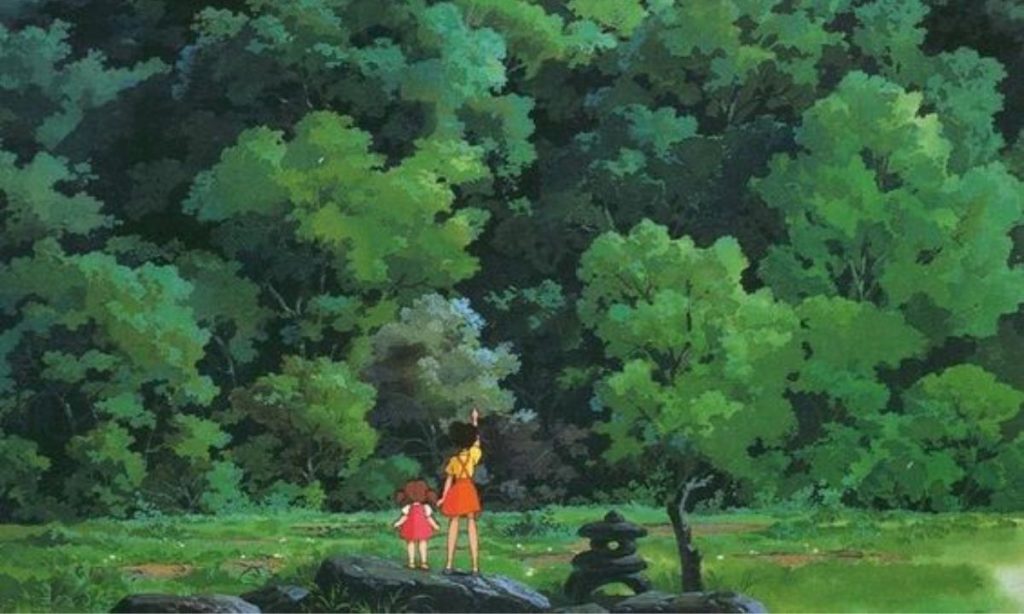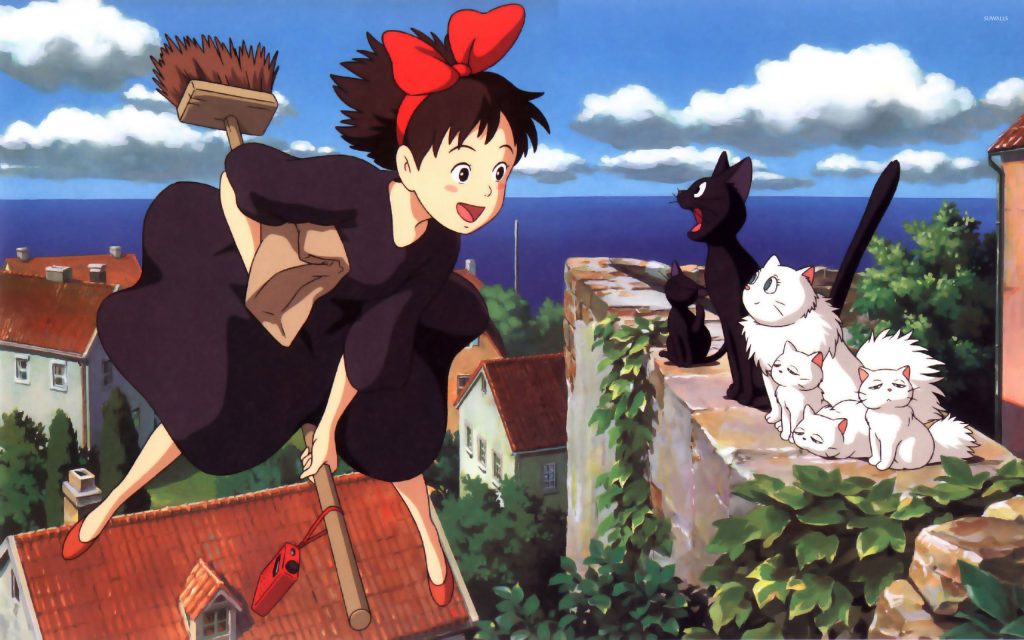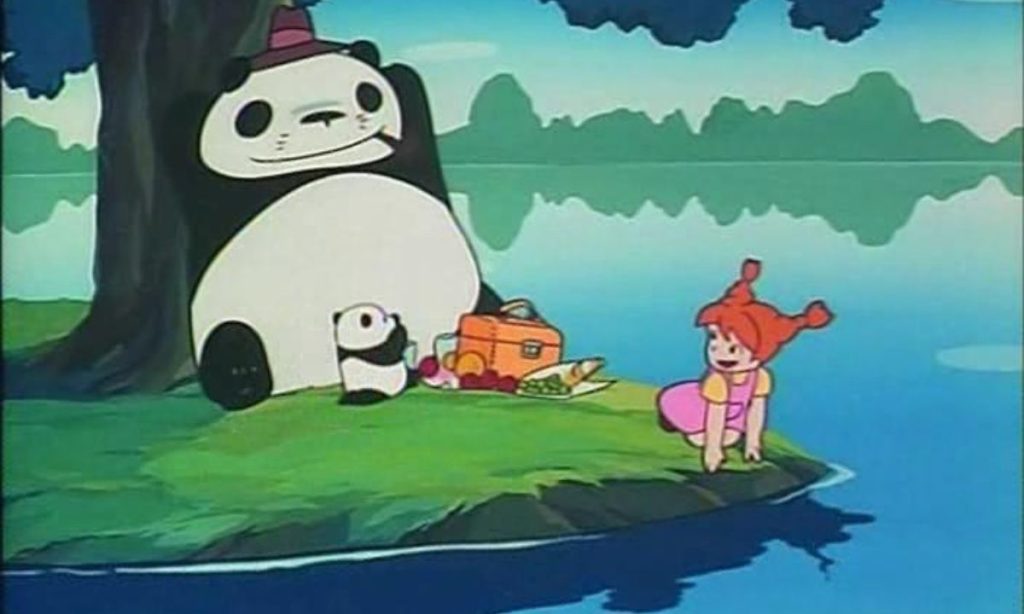Hayao Miyazaki is such an established director that any writer would feel honored if Miyazaki came knocking on their door to adapt their works. However, his reputation hasn’t always been so stellar, and in his early years as an animator, Miyazaki faced a brutal rejection.

Before Studio Ghibli was created in 1985 and even before Miyazaki’s debut as a feature film director in 1979, he and co-founder Toshio Suzuki were on a quest to create a unique animation. This endeavor of theirs was based on their appreciation of Pippi Longstocking, a series of children’s books by Swedish author Astrid Lindgren.
Hayao Miyazaki Flew to Sweden Only to Face Dejection

In the 1970s, Hayao Miyazaki and Isao Takahata worked for another animation studio, A-Production, and began to collaborate in the hopes of creating an animation out of Pippi Longstocking. Thus, the duo, accompanied by Yasuo Otsuka, an influential animator, flew to Sweden for a planned meeting with Astrid Lindgren. They traveled in order to request the film rights for the series and to conduct some preliminary location scouting.
While in Sweden, Miyazaki and Takahata scouted locations, drew inspiration from Sweden’s beautiful atmosphere, and incorporated them into their storyboards. However, once they reached Stockholm, they were told that Lindgren would not be able to see them. Miyazaki later expressed that he was extremely disappointed with Beta Film, the intermediary, who had not arranged for things better. But at the same time, the director was aware of the reality.
But on the other hand it was pretty obvious. You don’t just meet with someone who suddenly turns up from somewhere in Asia and says ‘I want to turn your book into an animation.
-Hayao Miyazaki
At the time, Miyazaki wasn’t a famous director yet, and Japanese animation or manga weren’t famous in Sweden yet. Astrid Lindgren’s website states that she was also fundamentally against the idea of creating animated versions of her stories. It was only in the late 1990s when Lindgren gave permission for a Canadian animation of Pippi, but she was never satisfied with the result.
Disappointed is an Under-Statement for What Hayao Miyazaki Felt

The trip to Sweden as well as the stay and scouting for locations, must have drained a significant amount of money. Not to mention, Hayao Miyazaki and Isao Takahata had already begun their preliminary work on storyboards to present to the author. Maybe the disappointment would not have been so huge if the author herself had looked through their research and still denied it. But they had to return without ever getting a chance to show her their concepts.
Would Astrid Lindgren have agreed to a new request after observing Hayao Miyazaki and Studio Ghibli’s success? That is impossible to say, but what you can be sure of is that Miyazaki is not ready to give the project a second chance.
We invested an enormous amount of energy in doing what we were planning to do. It depleted me, so now I no longer want to do it. That’s just how it goes. You cannot succeed in animation if you don’t devote everything you’ve got to it.
-Hayao Miyazaki
However, Hayao Miyazaki was inspired by Pippi Longstocking, and it lived on through his and Takahata’s works. Takahata later directed Panda! Go, Panda!, a short film that sports a female protagonist who looks very close to Pippi Longstocking. The screenplay of the short was done by Hayao Miyazaki. Miyazaki even modeled the town of Koriko from Kiki’s Delivery Service, after Gotland, the largest Swedish island.

